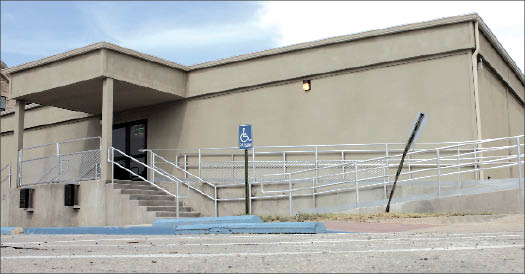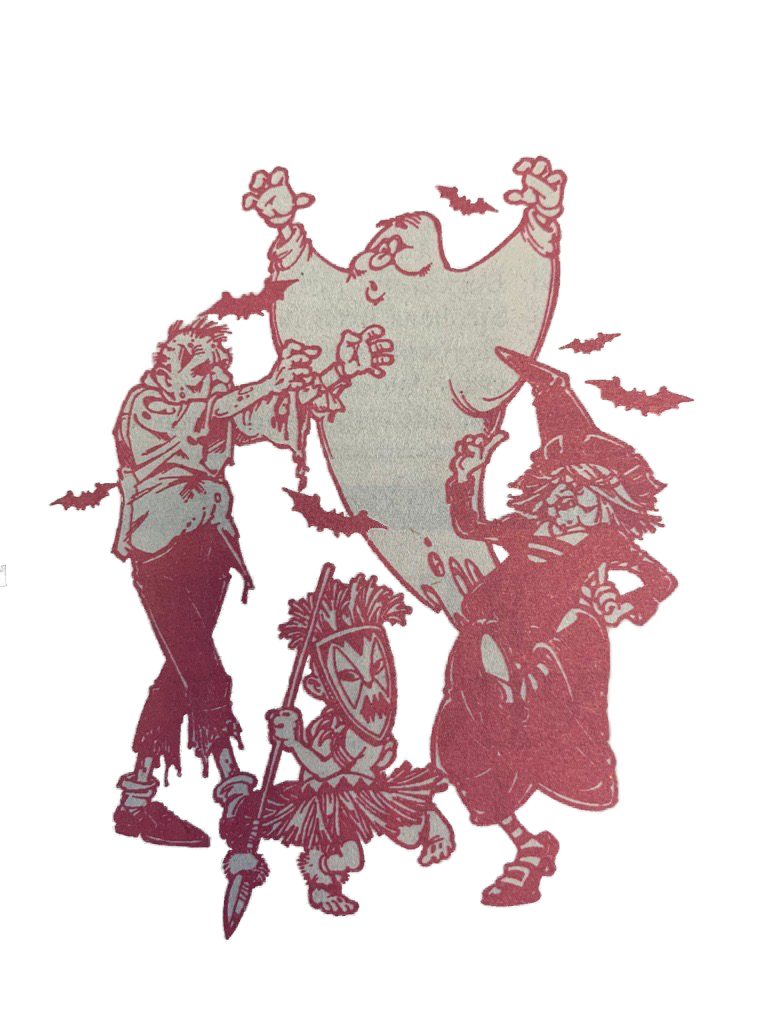Overcrowding for Arts & Humanities students will ease this fall with the opening of three new modular buildings that finished construction on Aug. 14, as a temporary solution.
Two of the buildings (AH1 and AH2) are for use by Arts & Humanities. The third building offers extra classroom space with two priority classrooms for the arts.
Kathryn Evans, associate dean for Arts & Humanities, said she is working on getting signage to direct students to the buildings. They are located just north of the Classroom Building West (CBW) and consist of nine separate trailers.
The new buildings allow the growing Arts & Humanities program room to offer more performances and bring performers out of the basement of Erik Jonsson Academic Center.
Evans said the new buildings will make it possible to produce UTD’s first musical with an all-student orchestra and of its scale. “Side Show” will be performed April 2010 in response to student requests.
The new buildings address students’ concerns with lack of space for the arts, which coalesced in the spring with a student government online art petition signed by 437 students.
UTD administrators approved plans for the buildings in March, which had been pending prior the petition, said Provost Hobson Wildenthal.
“Eventually we hope to have an Arts & Performance building, but this will hold us through for three to five years,” Evans said.
Visual Arts Professor Greg Metz said he is glad to have more space for the growing arts program. However, the modular buildings have low-ceilings and lack a contemporary feel, Metz said.
“It would be nice to have something that was designed to adequately facilitate lecturers and guest lecturers. The space design doesn’t necessarily do that,” Metz said. “We realize that (the buildings are) temporary, but around here, temporary is a decade.”
The music building is outfitted with six practice rooms and storage rooms for instruments, along with three new pianos and choral risers. The art studios building has a high tech, media classroom and seven large art studios, which visual arts graduate students can apply for and use if selected.
Art studios are standard for universities and vital to art students’ progress, Metz said.
“We need undergraduate studio spaces because our upper level undergrads are at a place where they could really benefit as well from having some studio space,” Metz said. “Space to be able to collaborate and have some mentorship going on as well as being able to dialogue with each other outside of the classroom, that’s what studios provide.”
Access to AH1 and AH2 will be restricted after mid fall with Comet Card access only for students with related majors or taking courses in the buildings, Evans said.
The third classroom building contains four large and three small classrooms for use by all schools with some priority scheduling for the arts. The additional classroom space allowed for a room in Visual Arts Building to be dedicated to photography.
Arts & Humanities generates 15 percent of the university’s credit hours and has more than 12 percent of the university’s majors, said Dennis Kratz, dean of the Arts & Humanities.
Kratz said the buildings are nearly completely booked for the fall.
A redesign of the new A&H website (www.ah.utdallas.edu) made available Aug. 14, notes these changes and provides more information about the new buildings.
Categories:
Stitching space for A&H
August 24, 2009

Eric Prince|Staff
The new AH1 building was completed on Aug. 14. This and two other buildings were added to relieve crowding from Arts & Humanities courses. Classes will be held there beginning this semester.
Story continues below advertisement
0
More to Discover









